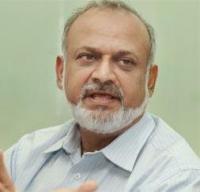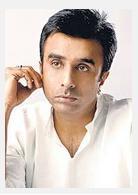Date of Formation: Dahod District was carved out of Panchmahal District on 2nd October 1997.
Area: 3646 square kilometers
Density of Population: 582 people per square kilometer
Literacy Rate: 60.60 % - Male: 72.14 %, Female: 49.02 %
Male Female Ratio: 1000:986
Boundaries of Dahod District
North and North East: Banswara District, Rajasthan
South: Vadodara District, Gujarat
East and South East: Jhabua District and Alirajpur District, Madhya Pradesh
West: Panchmahal District, Gujarat
Dahod District Average Rainfall: 779.9 mm
Dahod District Average Temperature in Summer: 33.49 deg C
Dahod District Average Temperature in Winter: 20.99 deg C
DAHOD DISTRICT MAP

Major Rivers: Dudhamati, Panam, Majan, Hadaf, Kali, Khan
Blocks: Dahod, Devgadh Baria, Dhamarda, Fatepura, Garbada, Jhalod, Limkheda
Assembly Constituencies: Fatepura, Jhalod, Limkheda, Dahod, Garbada, Devgadh Baria
Dahod District Nearby Attractions
1. Ratanpur
2. Shivmandir Bavka
3. Panchkrishna Temple
4. Mangadh Hill
5. Kedarnath Temple
6. Dhudhar Dev Shiv Mandir Chakaliya
7. Bhamrechi Mata Temple
8. Devzari Mahadev Temple
9. Basket Lake
Dahod District Facts: It is one of the six most backward districts in Gujarat receiving funds from Backward Regions Grant Fund Program.
Major Agricultural Products: Maize, paddy, pulses, wheat, gram, maize
Major Industries: Rubbeer, plastic, minerals, food products, engineering, readymade garments, agro processing
Major Educational Institutions: Kabir Vikas Mandal Dasa Sanchalit Arts College, Dahod Arts College, Government Engineering College, K. R. Desai Arts and Commerce College, Shri S. R. Bhabhor Arts College, Y.S. Arts and K.S.S. Commerce College, Navjivan Arts and Commerce College, Government Polytechnic College, N.G. Patel Polytechnic
What is Dahod District Famous For: Aurangazeb Fort
Last Updated : Sunday Jun 10 , 2012











